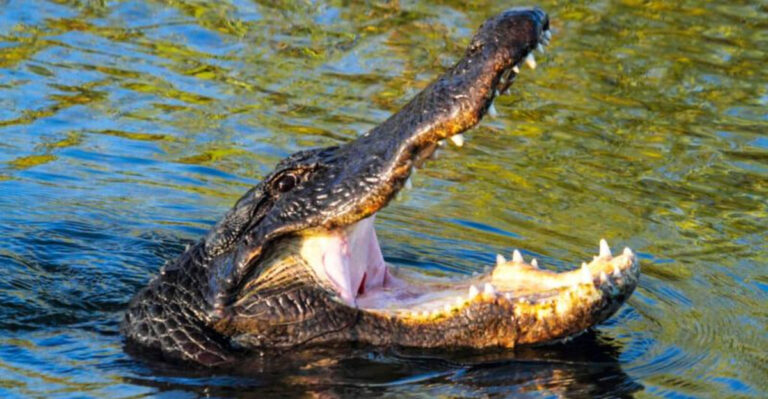15 Unique Characteristics Of The Northwestern Wolf

Imagine a creature so perfectly adapted to its environment that it becomes a symbol of wilderness itself. Meet the Northwestern wolf, a magnificent canid that roams the forests and tundras of North America.
Known for their intelligence and complex social structures, these wolves offer a fascinating glimpse into the natural world.
1. Majestic Size
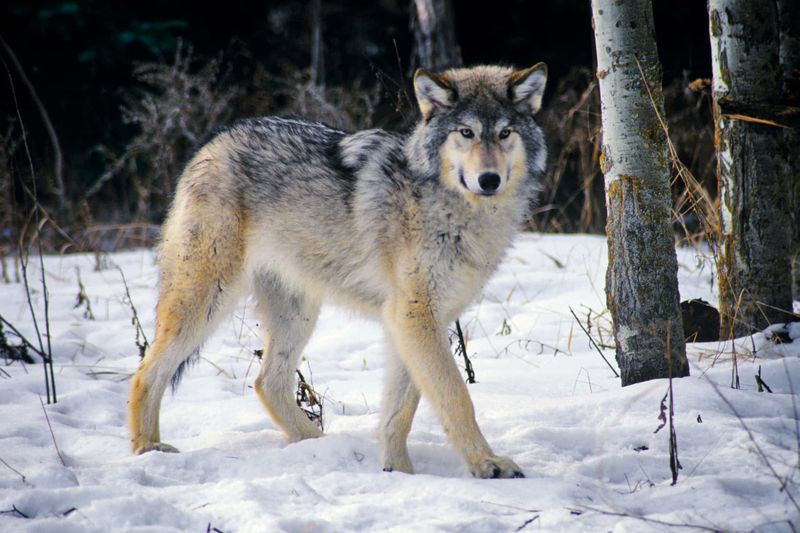
Ever seen a wolf that’s as big as a pony? Northwestern wolves can weigh up to 150 pounds, making them one of the largest wolf species. Their size isn’t just for show; it helps them dominate the northern wilderness. These big canines move with a grace that belies their bulk, a true marvel to watch.
2. Pack Dynamics
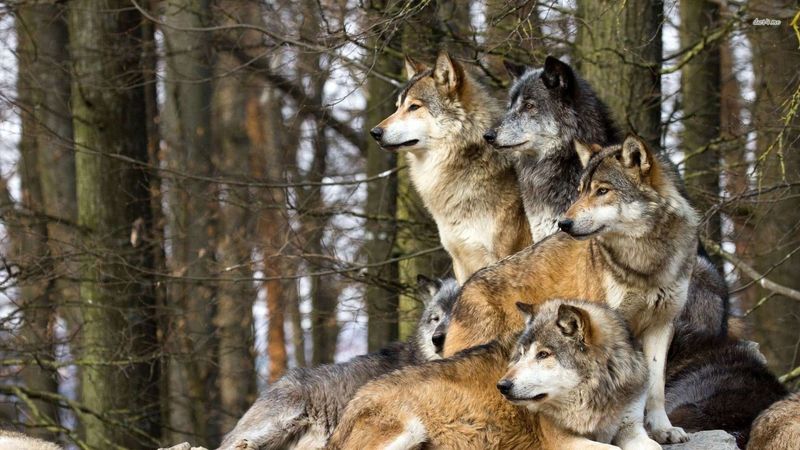
Forget lone wolves; Northwestern wolves thrive in close-knit packs. Each pack is a complex social unit, where roles are defined, and teamwork is prized.
Within the pack, they communicate with a rich variety of vocalizations and body language, creating bonds that are as tight as family ties. It’s like a wolf sitcom in the wild.
3. Complex Communication
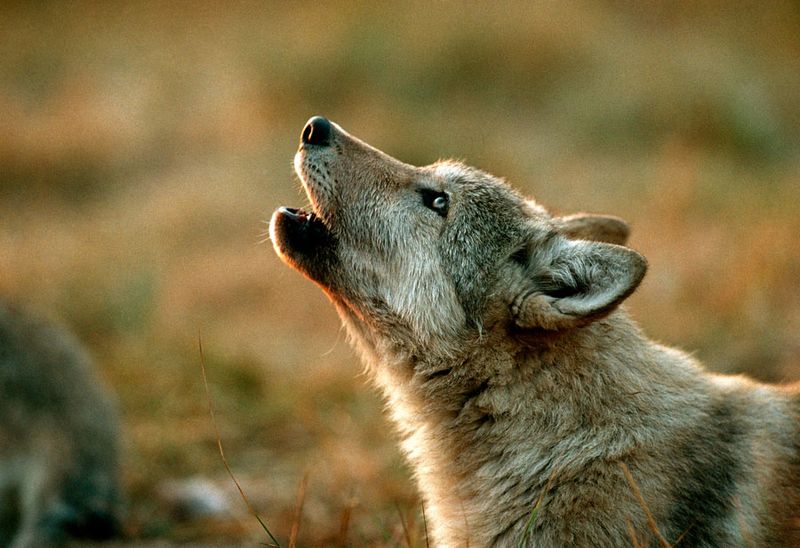
Ever tried singing in a choir? Northwestern wolves have their choir in the wild! They communicate through howls, barks, and whimpers. These vocalizations convey everything from warnings to celebrations. It’s like they have their language, with each sound playing a crucial role in pack cohesion.
4. Adaptability
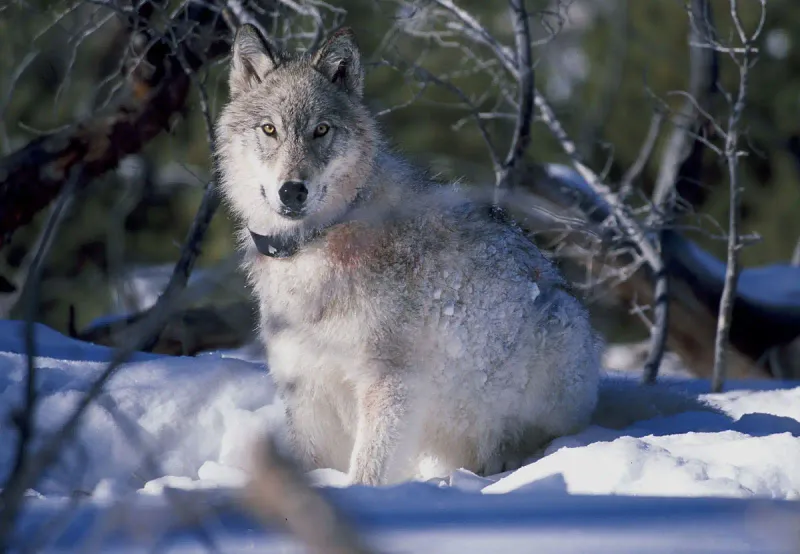
Whether it’s sweltering summers or freezing winters, Northwestern wolves are the ultimate survivalists. Their thick fur coats change with the seasons, offering warmth or cooling as needed.
This adaptability allows them to thrive in diverse environments, showing off nature’s incredible ability to fine-tune its creations.
5. Hunting Prowess
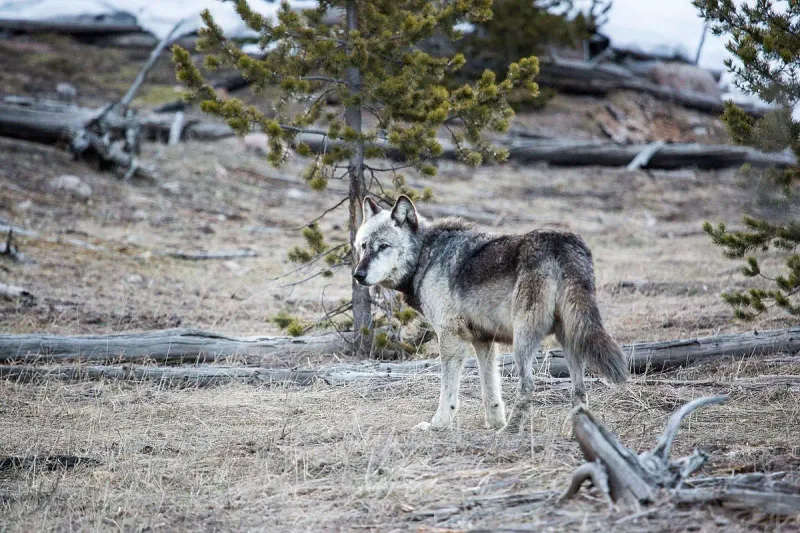
A hunting expedition with Northwestern wolves resembles a ballet. Their coordinated movements and sharp instincts turn hunting into an art form.
Armed with powerful jaws and acute senses, they can take down prey much larger than themselves. Watching them hunt is like witnessing a perfectly choreographed action scene.
6. Unique Dietary Habits
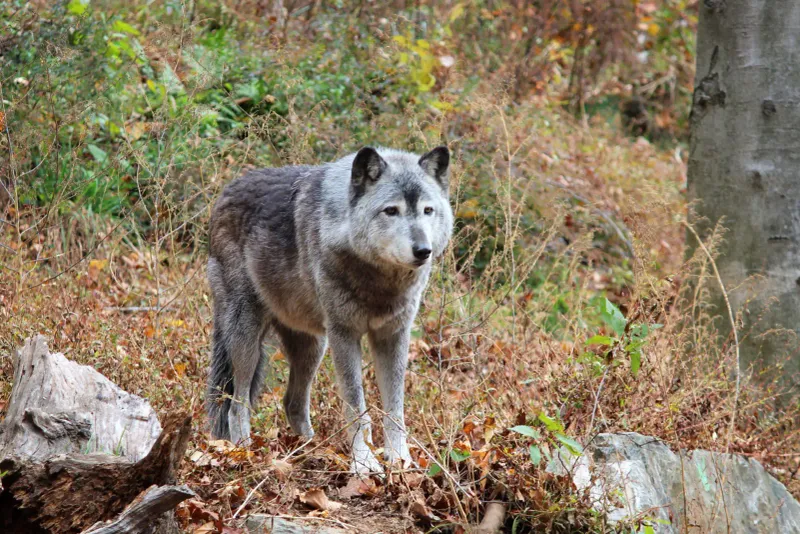
Who knew wolves had a taste for seafood? Northwestern wolves are known to diversify their diet with fish, especially in regions where rivers are aplenty. It’s not all about big game; these wolves are opportunistic feeders, ready to snatch a meal wherever it presents itself. A gourmet in the wild!
7. Territorial Behavior
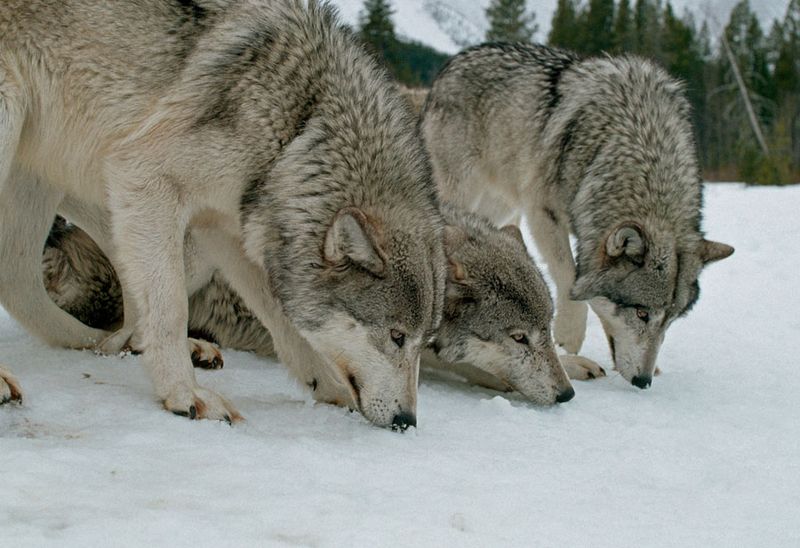
In the world of Northwestern wolves, real estate is everything. They patrol vast territories, marking boundaries with scent marks and vocal warnings.
This territorial behavior ensures they have enough resources to support the pack. It’s all about survival, and these wolves are masters of their domain.
8. Role In Ecosystem
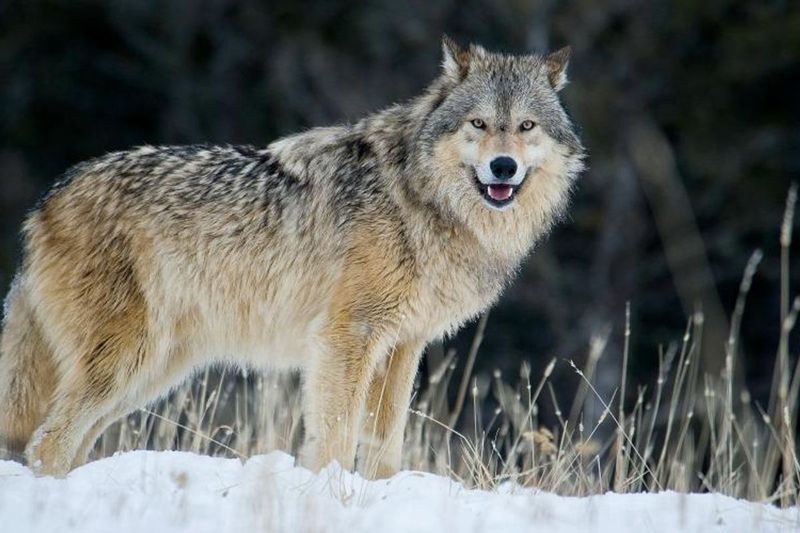
Think of them as the janitors of the forest. Northwestern wolves play a crucial role in maintaining ecological balance. By controlling herbivore populations, they prevent overgrazing, benefiting plant life and other species. Their presence keeps the ecosystem in harmony, a vital cog in the wheel of nature.
9. Pup Rearing

Raising kids is a team effort, even in the wild. Northwestern wolves are devoted parents, with the entire pack pitching in to rear the pups.
From feeding to teaching survival skills, it’s a community affair. These young wolves grow up learning the ways of the wild from their close-knit family, ready to take on the world.
10. Cultural Significance
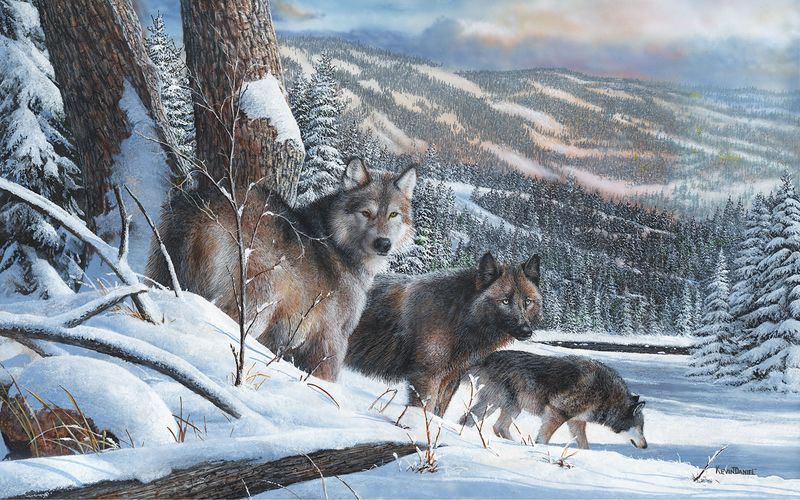
For many indigenous cultures, Northwestern wolves are symbols of courage and wisdom. They appear in folklore and art, embodying traits admired by humans.
Their presence in cultural narratives underscores their importance beyond just the ecological realm. These wolves inspire awe and respect, bridging the gap between man and nature.
11. Longevity
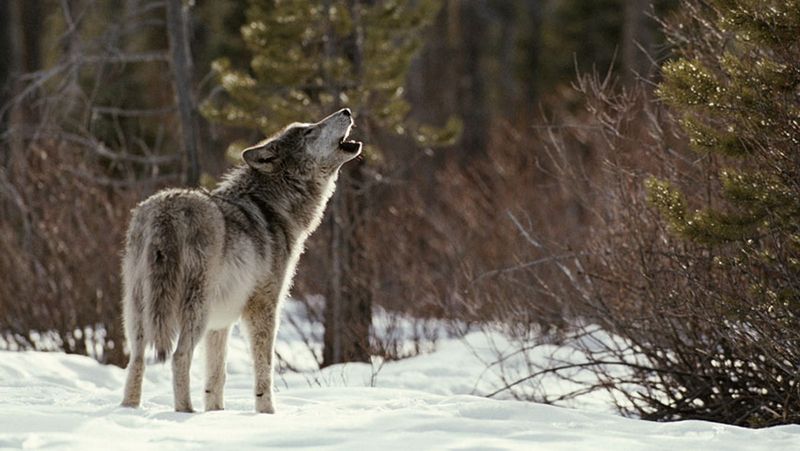
Living in the wild isn’t easy, but Northwestern wolves can live up to 13 years, given the right circumstances. Their longevity is a testament to their survival skills and the protective nature of the pack. These senior wolves are the wise elders, passing down knowledge to younger generations.
12. Distinctive Coat Patterns
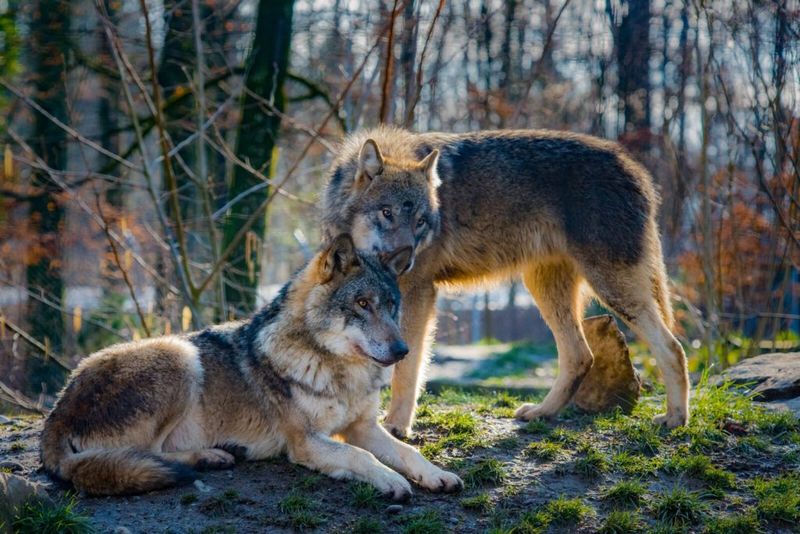
Ever noticed the stylish coats of Northwestern wolves? Their fur comes in a variety of patterns, often blending grays, browns, and whites. These coats not only offer camouflage but also help them stand out as individuals within the pack. It’s nature’s way of adding a touch of glamour to the wilderness.
13. Resilience
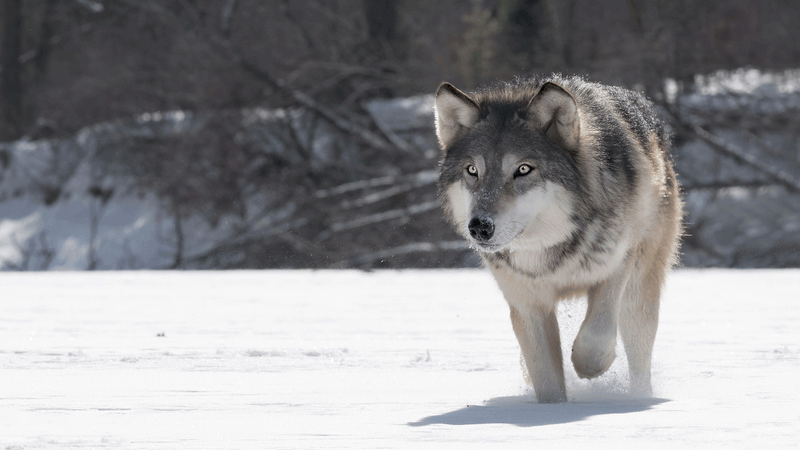
When the going gets tough, Northwestern wolves get going. Their resilience in harsh conditions, from brutal winters to scarce food supplies, is legendary. By sticking together and using their wits, they manage to survive when others might not. It’s an inspiring tale of endurance and adaptability in the wild.
14. Migration Patterns
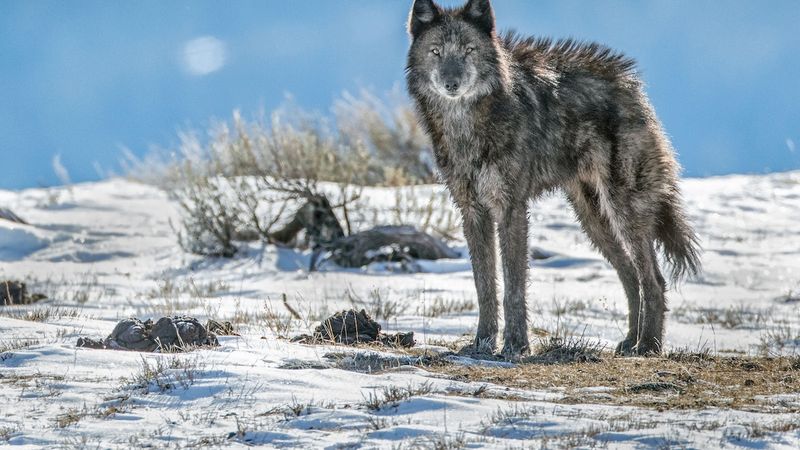
Northwestern wolves are wanderers at heart. Their migration patterns take them across vast territories as they follow prey and adapt to seasonal changes.
These journeys showcase their strength and endurance, covering hundreds of miles. It’s a testament to their unyielding spirit and the call of the wild.
15. Acute Senses
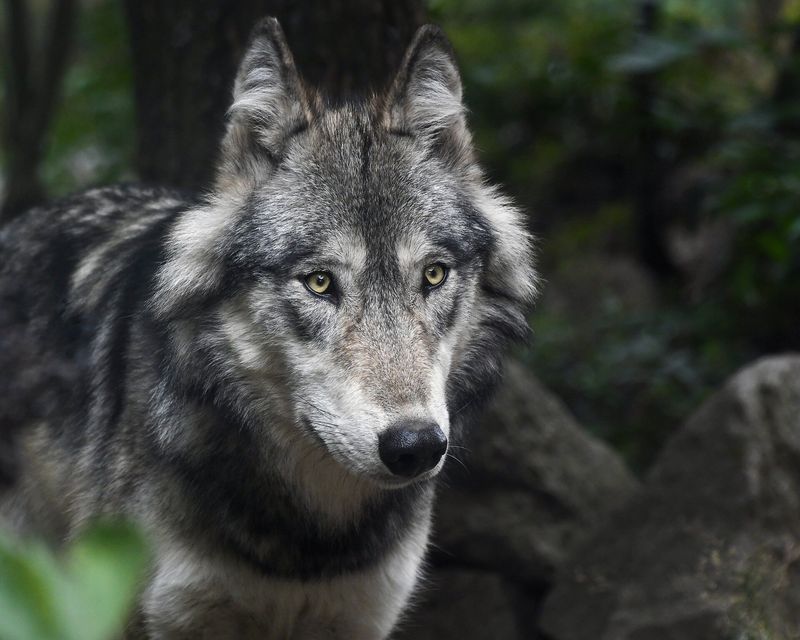
With senses sharper than a detective’s intuition, Northwestern wolves are always on alert.
Their keen sense of smell, acute hearing, and sharp eyesight make them formidable hunters and vigilant guardians of their pack. Whether detecting prey or potential threats, these abilities ensure their survival in the untamed wilderness.





